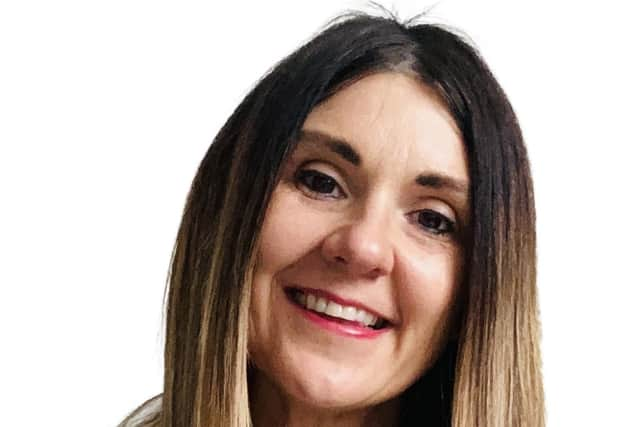We must find ways to bridge the communication gap - Jordan Ford
This is similar to what happens to our young people when they enter the care system. Do we take into account their understanding of language before we even start with varying accents, local dialects and slang words that they may not understand?
How can we expect our young people to ask “what’s wrong?”, “why are you doing that?”, how can I help?”, if they cannot understand everything that is being said to them and what’s happening around them.
Advertisement
Hide AdAdvertisement
Hide AdThe care system is full of diverse young people with a variety of communication needs. We need to continue to listen to their views, but how do we facilitate this for someone who has no voice? If someone is non-verbal, how do we help them be heard? Non-verbal does not equal no opinion.


There are a vast number of alternative ways to communicate, from using simple facial expressions to a power-based AAC (augmentative and alternative communication) device, which is a tablet or laptop that helps someone with a speech or language impairment to communicate. We must understand the importance of embracing all methods of communication and continue to educate ourselves about them and improve on our daily practice.
Before we can expect anything from our young people, we need to help them understand their new environment. This could be by providing a social story with information about where they now live. It is a very simple but highly effective tool that uses photographs or symbols and descriptive words to guide the young person through real-life situations; provides a timetable of what is happening in their day; uses a choice board about what’s for dinner and uses Makaton sign or a photo board to outline who is working in their home.
By using this total communication approach, we are helping to support and guide our young people through their day-to-day lives. We must remember that this is their home and, in line with Children's Rights, they have the right to know what is happening and who is available to support them.
We want to empower our young people and we do this by ensuring their views are heard, valued and respected . For many of us talking is the preferred method to communicate, just like walking is the preferred way to move. However, if someone has difficulty walking we don’t leave them at A, we help them get to B. We give them tools like wheelchairs and walking frames.
The same is true for communication. Our young people deserve tools to augment their communication, simple gestures or signing, being able to exchange symbols or pictures, an iPad with voice output, using a traffic lights system to say “I’m not ready”. Our young people need us to step in with strategies. Whatever way a young person needs to communicate, that’s what we will use.
Through training and direct work with young people, we are putting these strategies in place and giving young people a voice.
Jordan Ford, Communication Facilitator, Spark of Genius
Comments
Want to join the conversation? Please or to comment on this article.